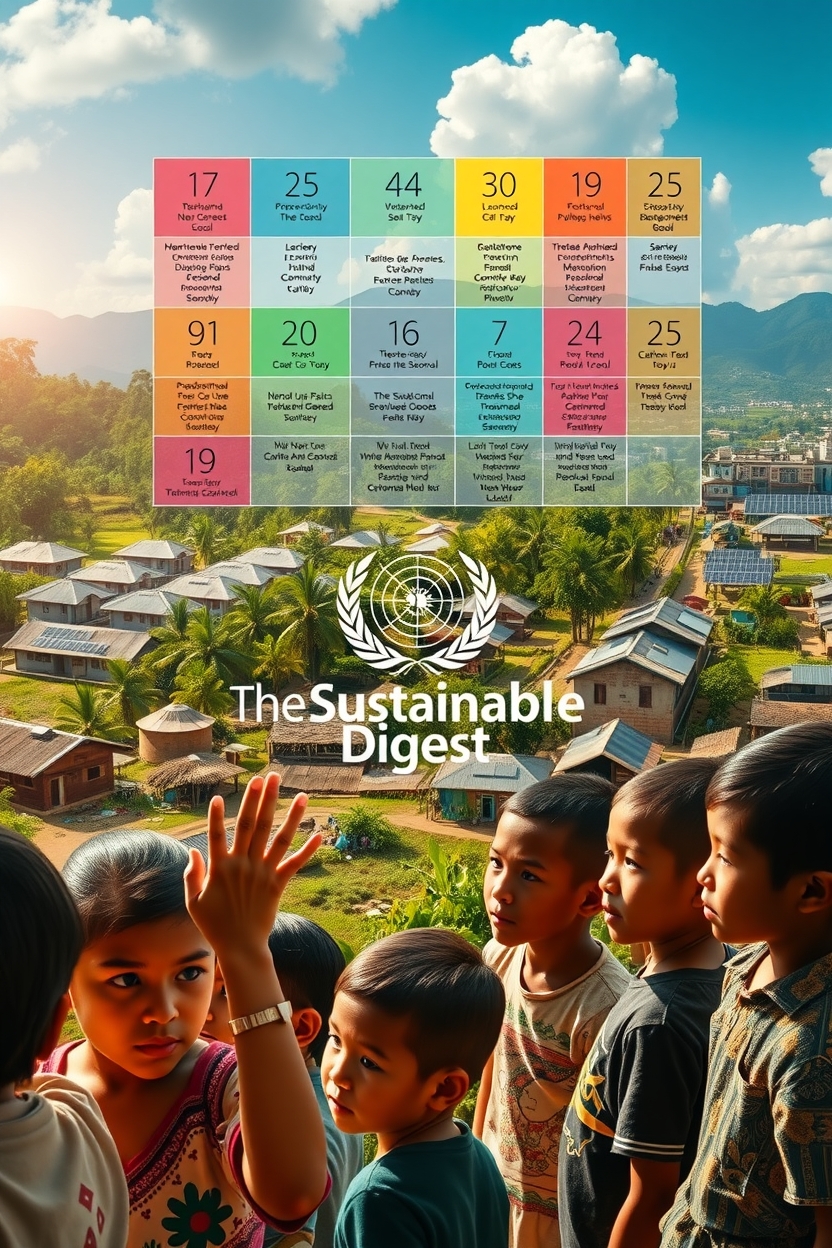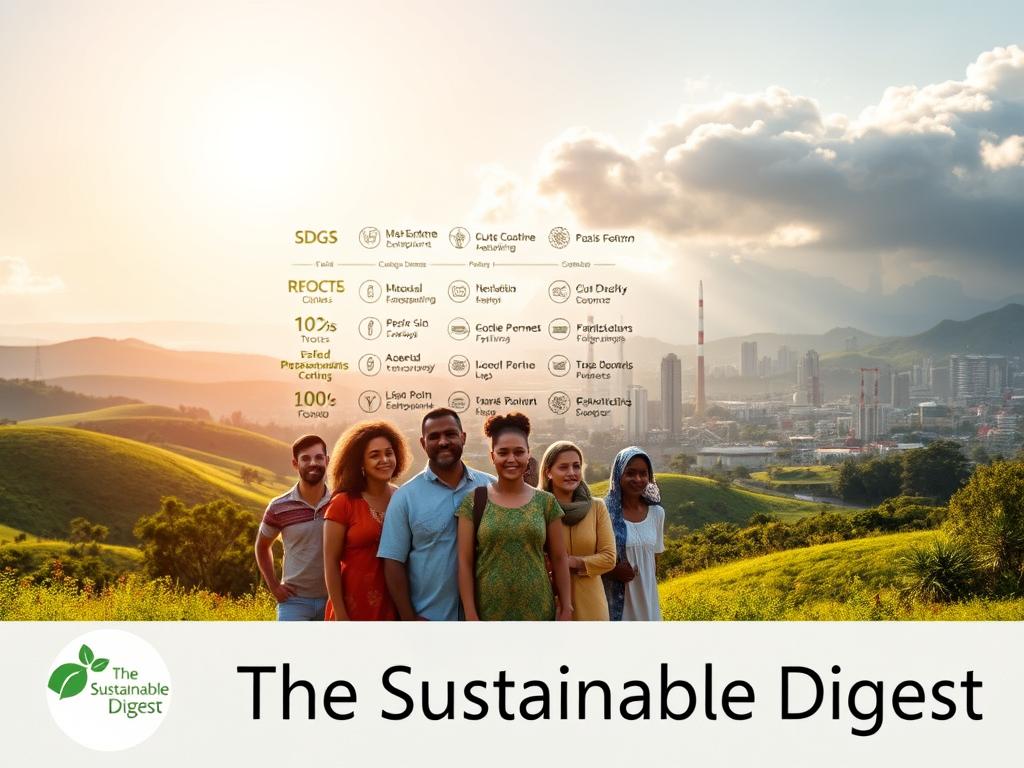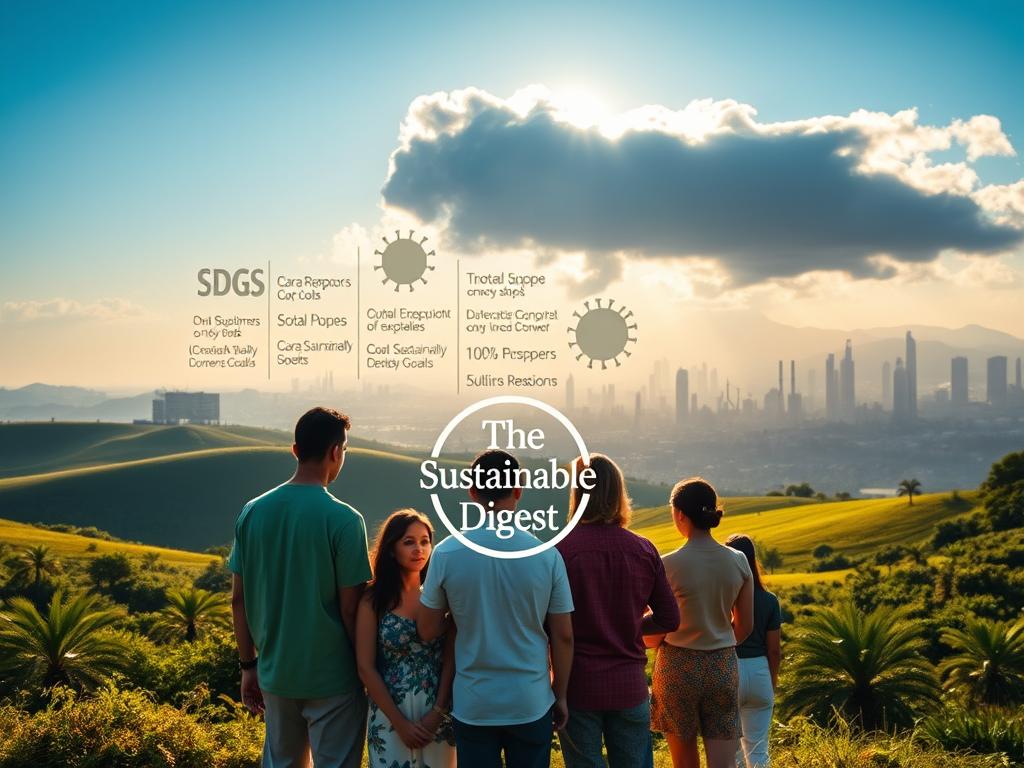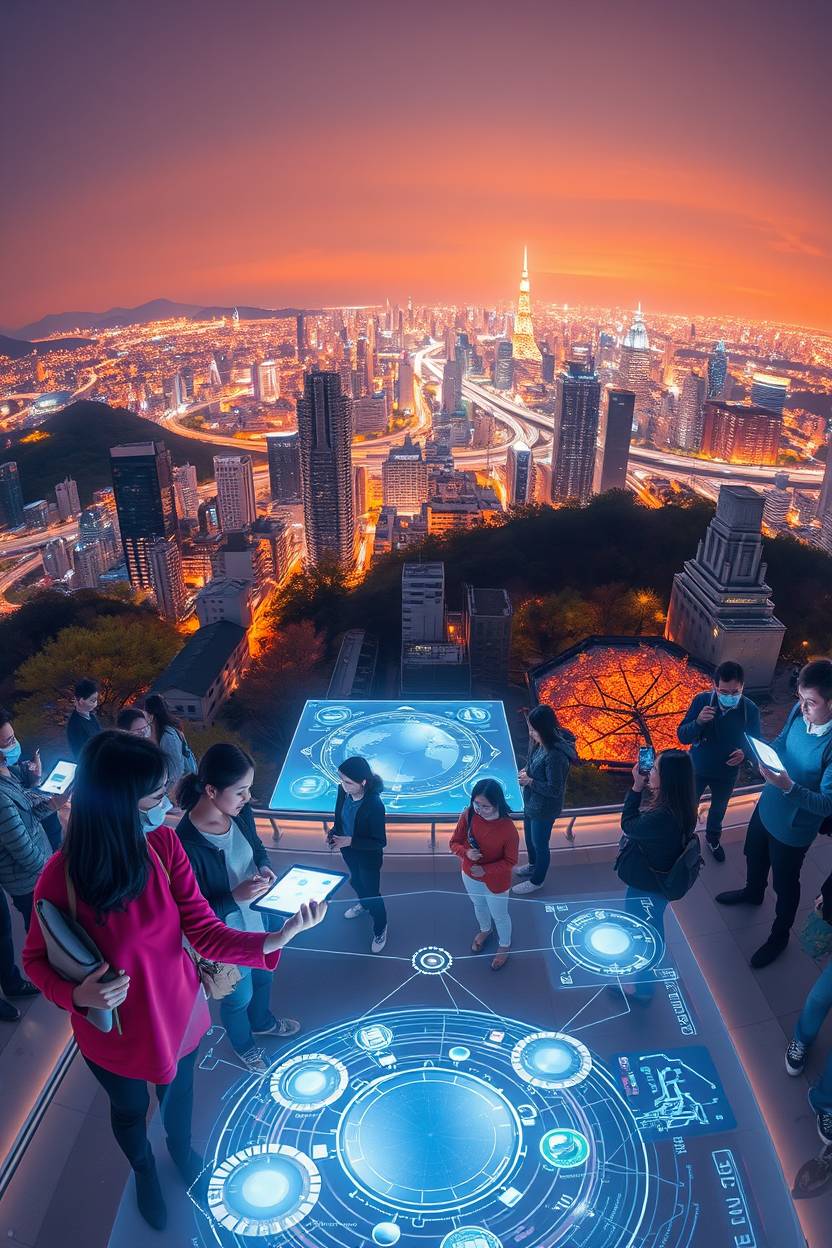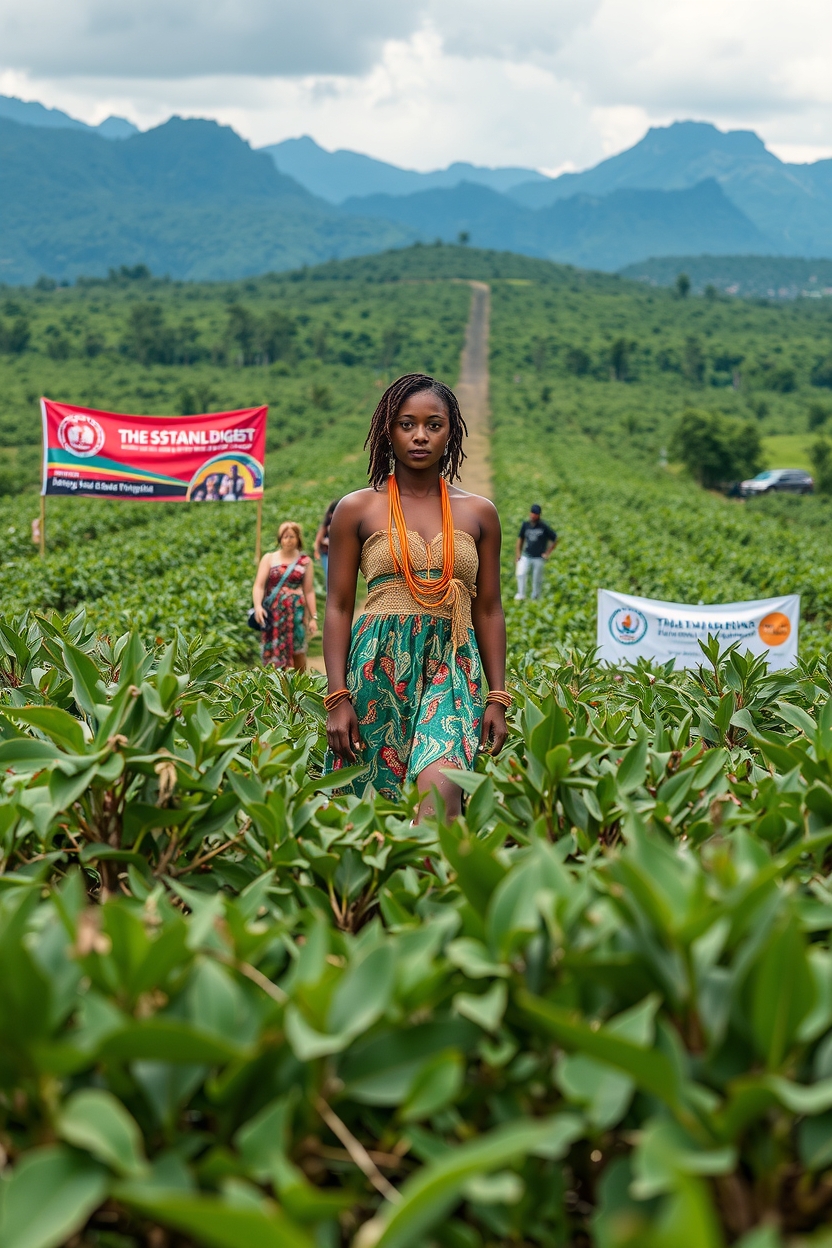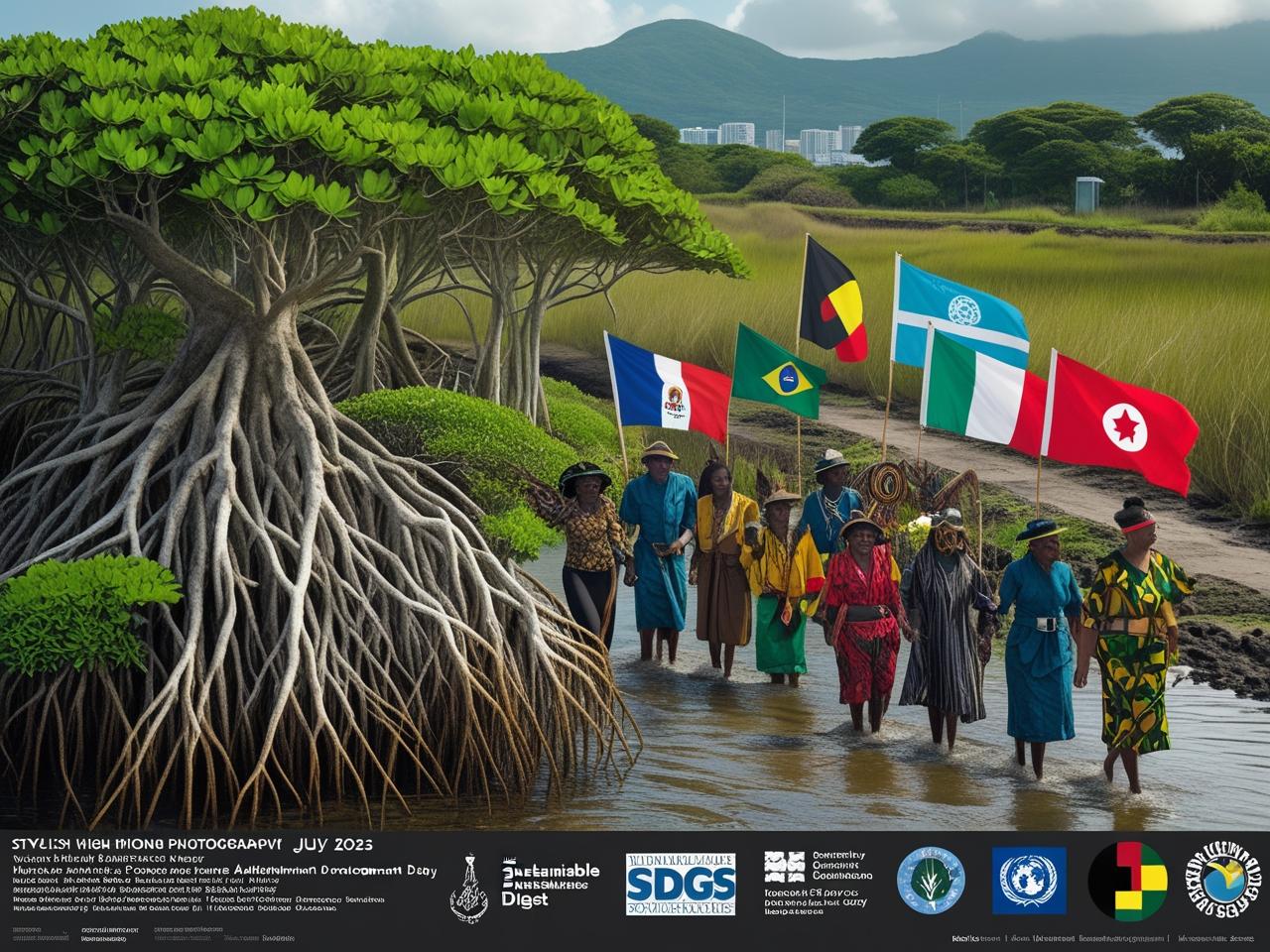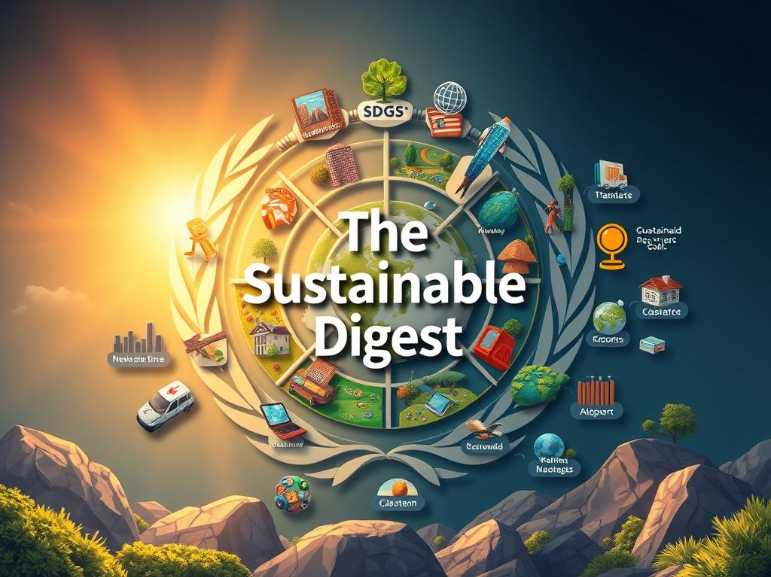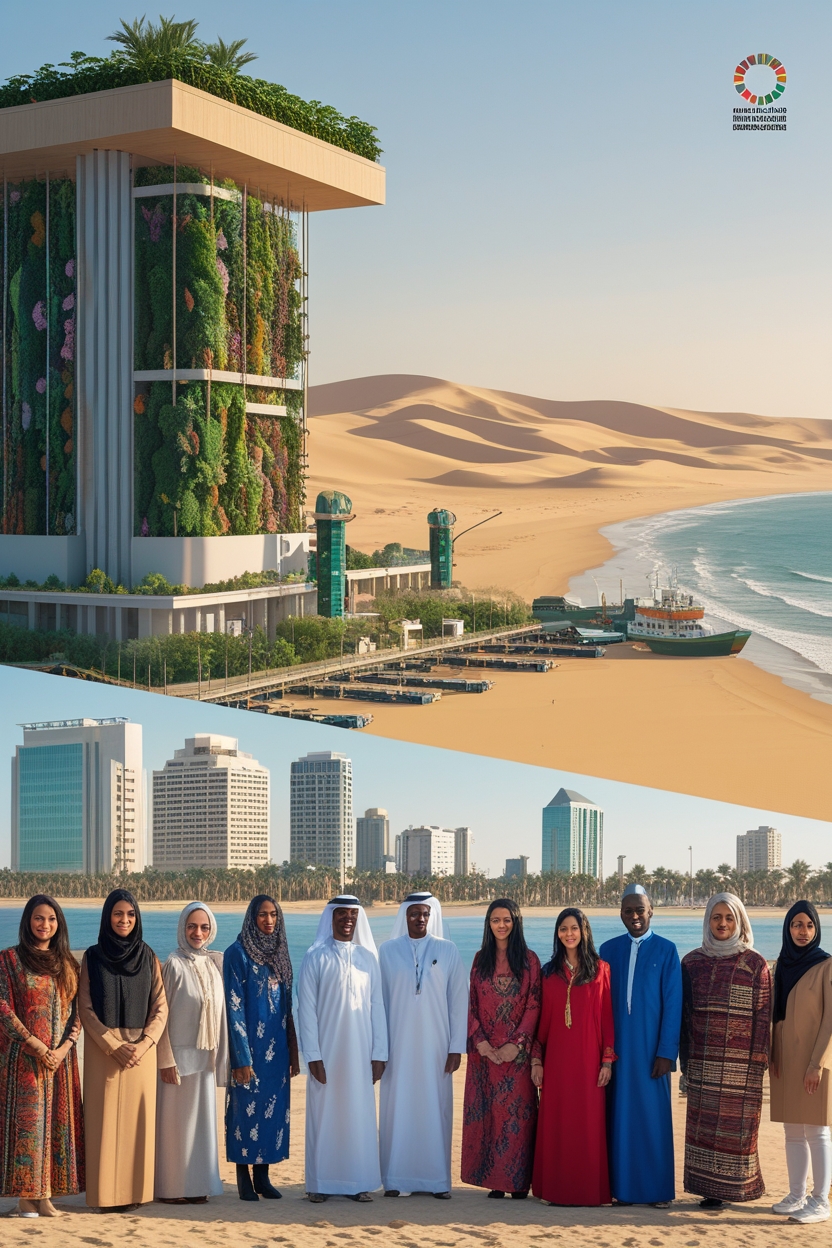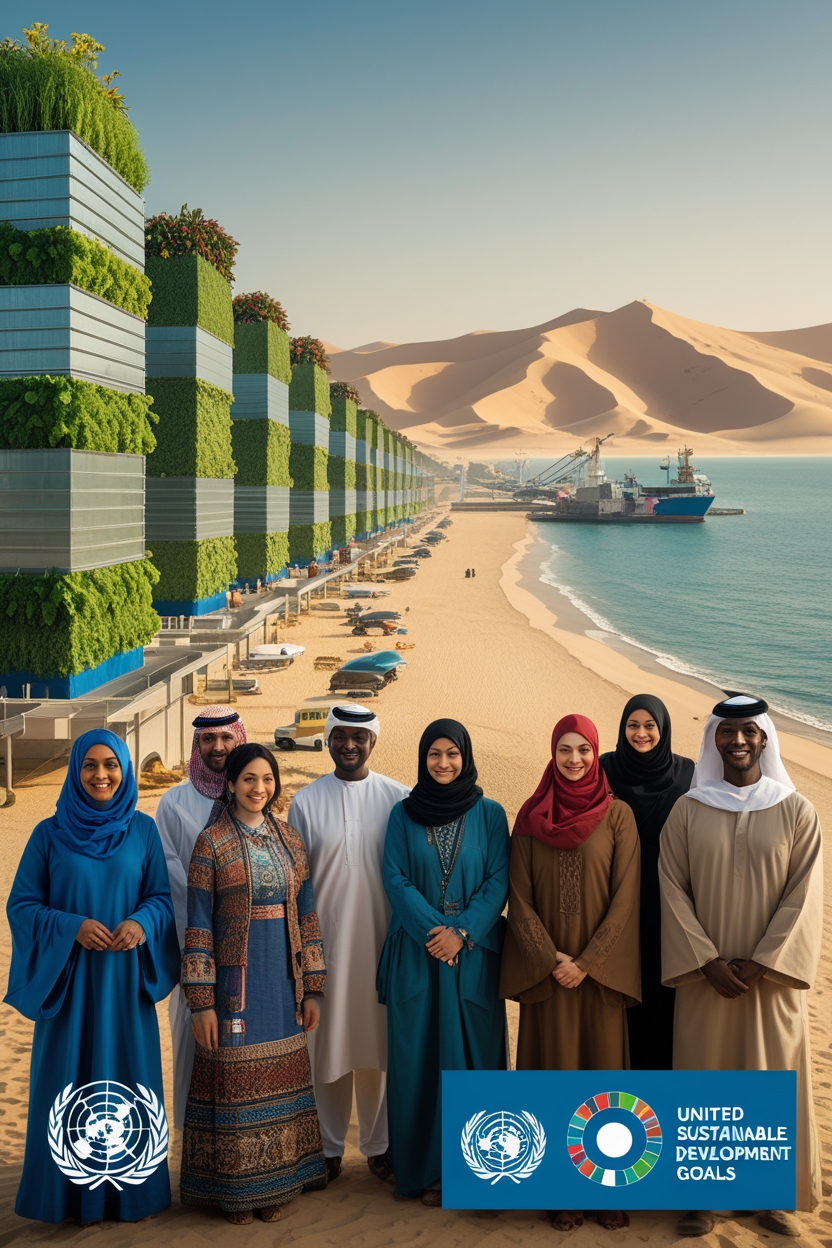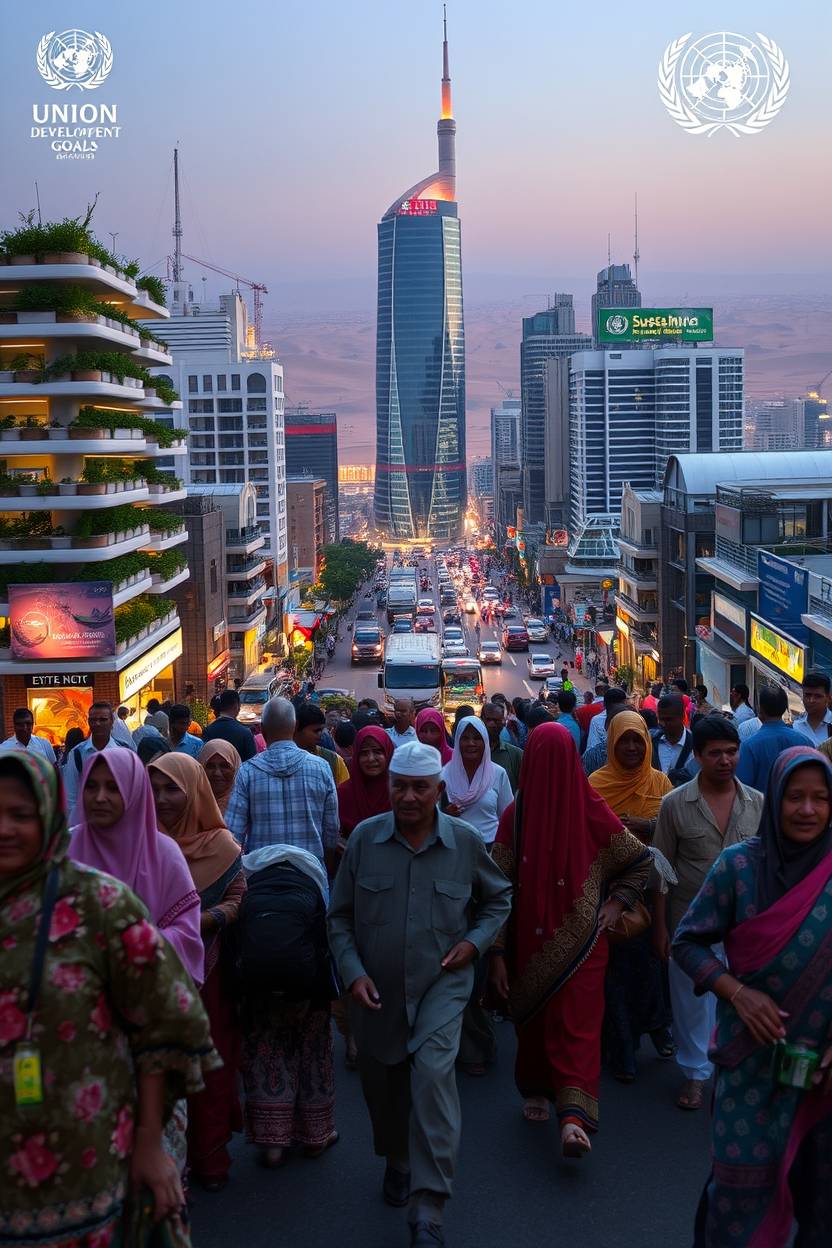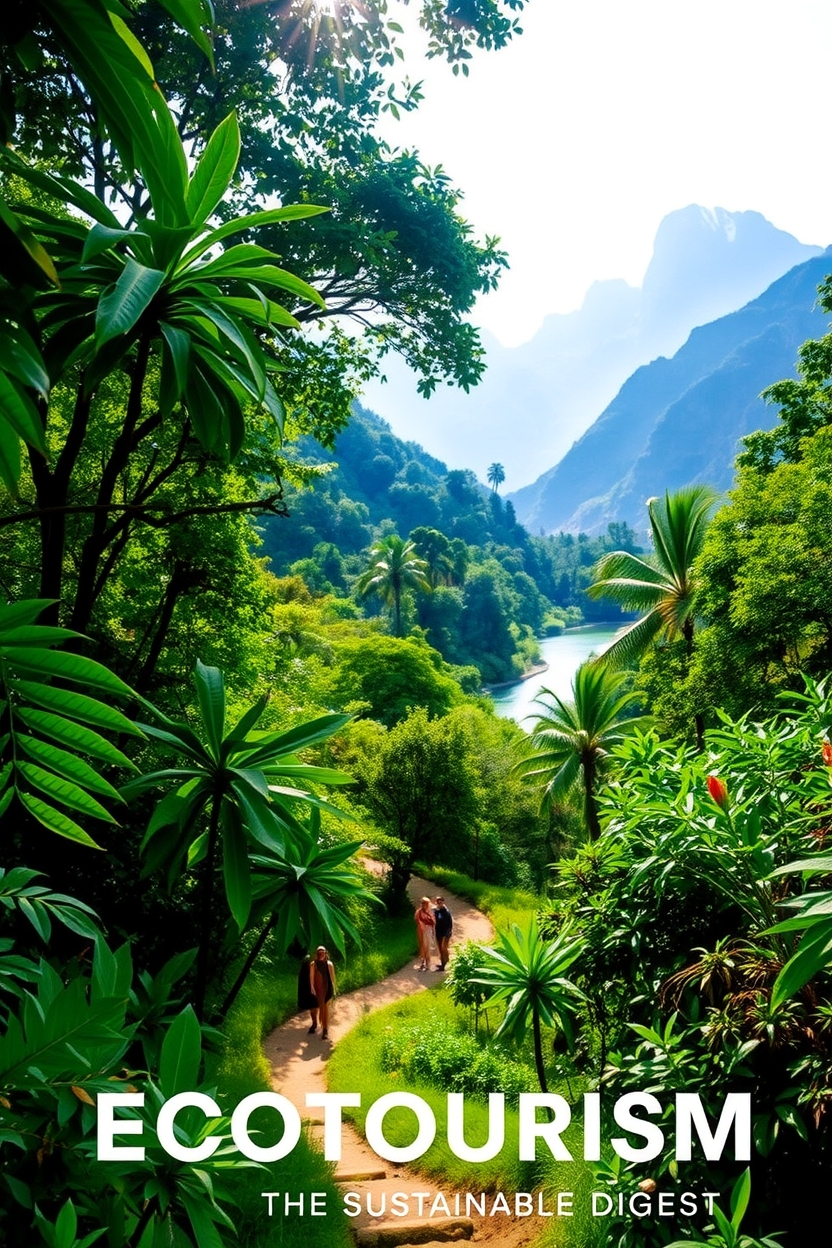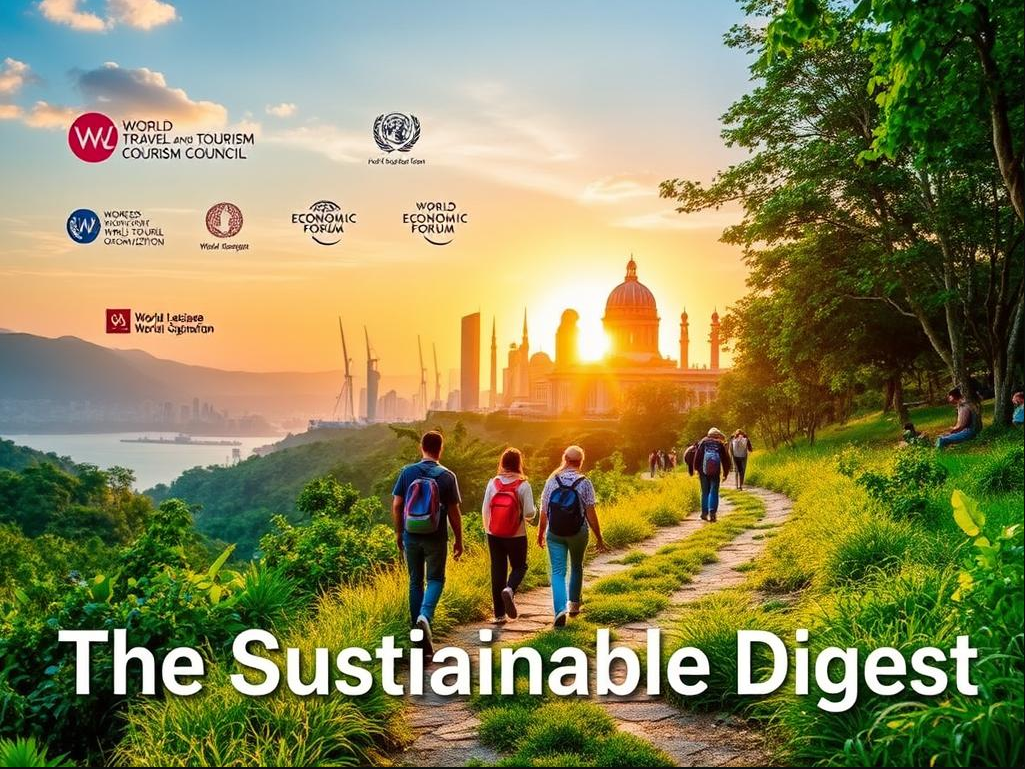
Welcome to Part 2 to the reflection and review of 2025 October Sustainable focus and impactful, Holidays and Observance. Click here for part 1. Last month’s global calendar was full of interesting events. World Habitat Day and National Apple Month were just a few. These days worked together to raise awareness about our planet.
These different celebrations showed how working together can make a big difference. They proved that by joining forces, we can achieve big environmental goals. Sometimes, their impact was surprising and effective.
This look back at October 2025 shows how these events fit together. It also shows how they changed the way we think and act about the environment. These days helped shape policies and how people behave in the fight for sustainability.

October 2025: A Month of Global Sustainability Awareness
October 2025 is a special month for global sustainability. It brings together many international observances. These events work together to raise awareness about sustainable development goals.
Understanding the Significance of Holiday Observances
International observances mark important moments in the global calendar. They help educate and mobilize people to focus on specific challenges. By clustering these events in October, we see a bigger impact than each event alone.
October’s observances are carefully planned. From World Cities Day to International Day of Care and Support, each targets a different aspect of sustainability. This focused approach helps us dive deep into complex issues while keeping them connected to the bigger picture.
There’s a debate about the value of observance days. Some see them as unnecessary, but they are crucial for sparking important discussions. For example, Global Media and Information Literacy Week helps us talk about the spread of misinformation in sustainability.
The events in October 2025 show a clear progression. Starting with Disarmament Week, they lay the groundwork for peace and security. Later, events like International Day of the Eradication of Poverty focus on practical steps to solve problems. This order helps us move from awareness to action.
The Role of Retrospection in Sustainability Progress
Looking back is key to moving forward in sustainability. It helps us see what works and what doesn’t. World Statistics Day gives us the data we need to measure our progress.
The October observances offer a chance for everyone to reflect together. This shared reflection helps avoid the problem of working in silos. It allows us to see the bigger picture and work better together.
By looking back during these observances, we uncover important patterns. For example, we can see how International Day of the Snow Leopard fits into broader conservation efforts. This helps us use our resources more effectively.
The real value of these observances comes from how they help us learn and grow. They give us a chance to check our progress, make adjustments, and move forward faster.
Key United Nations Observances for a Sustainable Future

October 2025 brings three key UN observances. They focus on sustainable development in different ways. These efforts show how the UN works globally while dealing with local challenges.
World Habitat Day and Sustainable Urban Development
World Habitat Day highlights a big issue: cities use a lot of resources but make most of the world’s wealth. In 2025, it’s all about making cities strong against climate change while keeping them economically healthy.
But, there’s a problem. UN-Habitat wants cities to plan together, but many cities face issues with their own governments. This makes it hard to turn good ideas into action.
However, some cities are doing well by working with everyone involved. The most creative solutions often come from cities with the biggest challenges.
World Food Day: Addressing Global Food Security
World Food Day 2025 is led by the FAO. It’s about growing more food with less resources. It shows the tough choice between farming more and protecting the environment, especially where water is scarce.
It’s hard for the UN to work together on this issue. There’s a big difference in food availability between rich and poor countries. Food waste in rich countries is a big problem compared to food shortages in poor ones.
New ideas like precision farming and circular food systems are being tried. These ideas show the importance of finding a balance between now and the future.
International Day for Disaster Risk Reduction
This day has changed from just responding to disasters to managing risks before they happen. It’s especially important now because of climate change. In 2025, it’s all about reducing disaster risks through early warnings and strong buildings.
The challenge is to make global climate models work for local areas. Each place needs its own plan because of different risks.
But, when science and local knowledge come together, it works best. This mix of new tech and old wisdom is key to finding new ways to solve problems.
Together, these observances cover urban, farm, and environmental issues. They show different ways the UN works towards a sustainable future. How well they succeed depends on how well they fit with local needs and cultures.

Environmental Conservation Observances in October 2025
October 2025 is a time of both wonder and challenge. It’s when we focus on saving special animals, yet also celebrate farming. This mix shows how saving nature and living sustainably are connected.
World Migratory Bird Day and Biodiversity Protection
The World Migratory Bird Day in October 2025 is all about birds. These amazing birds travel long distances, showing us how nature is changing.
To save these birds, we need to work together. We must protect their homes and keep their paths safe. This day is about:
- Keeping safe places for birds to rest and fly
- Lessening light pollution and dangers
- Starting programs with local communities
- Helping birds adapt to a changing climate
International Day of the Snow Leopard
This day is for the snow leopard, a mysterious creature of the mountains. Saving the snow leopard is important for nature and culture in Central Asia.
But saving them is hard. There are challenges like:
- Keeping people and animals from fighting over space
- Working together across borders to protect their homes
- Creating jobs through tourism that respect nature
- Understanding how climate change affects their homes
While days like these grab our attention, they’re only part of the solution. We need to manage nature as a whole to protect all life.
National Apple Month and Sustainable Agriculture
National Apple Month might seem simple, but it’s actually very important. It shows how our choices affect the planet.
Today’s apple farming is changing. It’s becoming more green:
- Using fewer chemicals to keep pests away
- Using water wisely to grow apples
- Creating homes for bees and other pollinators
- Supporting local food to cut down on emissions
This celebration of apples is interesting. It shows how farming can either hurt or help nature. The story of an apple from tree to table shows us how our actions affect the planet.
Social Sustainability and Equity Observances

October 2025 shows us that social equity is key to real sustainability. It’s not just about the environment. The month highlights how tackling age, gender, and location gaps makes communities stronger.
International Day of Older Persons and Sustainable Communities
Aging brings both challenges and chances for growth. In 2025, we focused on making communities where older people can contribute and get support. Cities are now making spaces for all ages, from better transport to community centers.
But, we must look beyond words. It’s not just about calling a city “age-friendly.” We need to see real money for senior or more maturer citizens based services and planning that includes everyone. Older people should be seen as valuable, not just a problem.
International Day of the Girl Child: Education and Empowerment
Education is key for gender equality. In 2025, we saw how educating girls helps in many areas. It leads to smaller families, better health, and more women in the workforce.
Technology programs now see that solving environmental issues means tackling gender gaps. Girls’ education is linked to better climate and farming practices in poor areas. But, we need to keep funding education all year, not just one day.
International Day of Rural Women in Sustainable Development
Rural women are crucial for food but face big sustainability challenges. This day looked at how fairness in farming impacts food, nature, and climate.
Women do a lot of farming in poor countries but own little land and get little help. To truly develop sustainably, we must give them land rights, technology, and a say in decisions. Success means seeing their work lead to real policy changes.
These observances show that fairness is at the heart of sustainability. It’s not just an extra thing. The real test is if we act on what we learned in October.
Cultural and Educational Sustainability Observances
October 2025 shows us a mix of cultural and educational events that are key to a sustainable future. These events are often seen as less important. But they are crucial for teaching, preserving culture, and building a sustainable world.
Global Media and Information Literacy Week
In today’s world, it’s hard to know what’s true about the environment. Media Literacy Week helps us sort fact from fiction. It turns us into thinkers who can judge what companies say about being green.
This is especially important during Filipino American History Month. It helps keep real stories alive, not just greenwashing. People learn to spot true cultural values in sustainability efforts.
International School Libraries Month
School libraries are key for learning about the environment. They offer books and resources on sustainability. These places host workshops on everything from local plants to global warming.
This month also includes National Raccoon Day. It’s a chance for libraries to teach about living with urban wildlife. It shows how culture and environment can go hand in hand.
National Arts & Humanities Month
Arts education is vital for solving sustainability problems. This month celebrates how art and culture shape our view of nature. It shows how creativity can lead to new ways of living sustainably.
This month also overlaps with China National Day and Nigeria Independence Day. It’s a chance for cultural exchanges on sustainable traditions. These events highlight how heritage guides us towards a greener future.
It also includes International Coffee Day and Model T Day. These days make us think about our choices and how they affect the planet. They spark conversations about fair trade and green transportation.
Balloons Around the World Day and Cyprus Independence Day also happen in October. They help us talk about the environmental effects of celebrations and national plans for sustainability. Together, they show that culture is at the heart of sustainability.
Economic Sustainability and Cooperative Models

October’s sustainability observances cover many themes, but the economic side is especially interesting. It shows how cooperative models challenge traditional capitalism. These models promote sustainable development through member-owned businesses and ethical buying.
Cooperative Week 2025: Sustainable Business Models
Cooperative Week celebrates businesses run by their members, not outside investors. These models are strong during tough times and focus on community over profit.
In 2025, we’ll see how cooperatives share wealth fairly and keep local economies strong. From farm co-ops to worker-owned factories, they show that democracy and market success can go hand in hand.
International Credit Union Day
International Credit Union Day highlights banks that focus on their members, not just profits. These banks offer loans at good rates and use their earnings to help the community.
Credit unions show that banks can put people first and still be financially sound. They avoid the bad lending practices seen in some banks.
Fair Trade Month and Ethical Consumption
Fair Trade Month encourages us to think about the people behind what we buy. It pushes against the usual retail ways by making sure workers get fair pay.
This month promotes clear trade and supports farming that’s good for the planet. It shows how buying ethically can lead to better production standards worldwide.
| Economic Model | Sustainability Impact | Scale Challenges | October 2025 Focus |
|---|---|---|---|
| Cooperatives | Wealth distribution, community resilience | Capital acquisition, growth management | Member-owned business structures |
| Credit Unions | Financial inclusion, local reinvestment | Regulatory compliance, technology adoption | Community-based financial services |
| Fair Trade | Supply chain ethics, producer equity | Premium pricing, consumer education | Ethical consumption patterns |
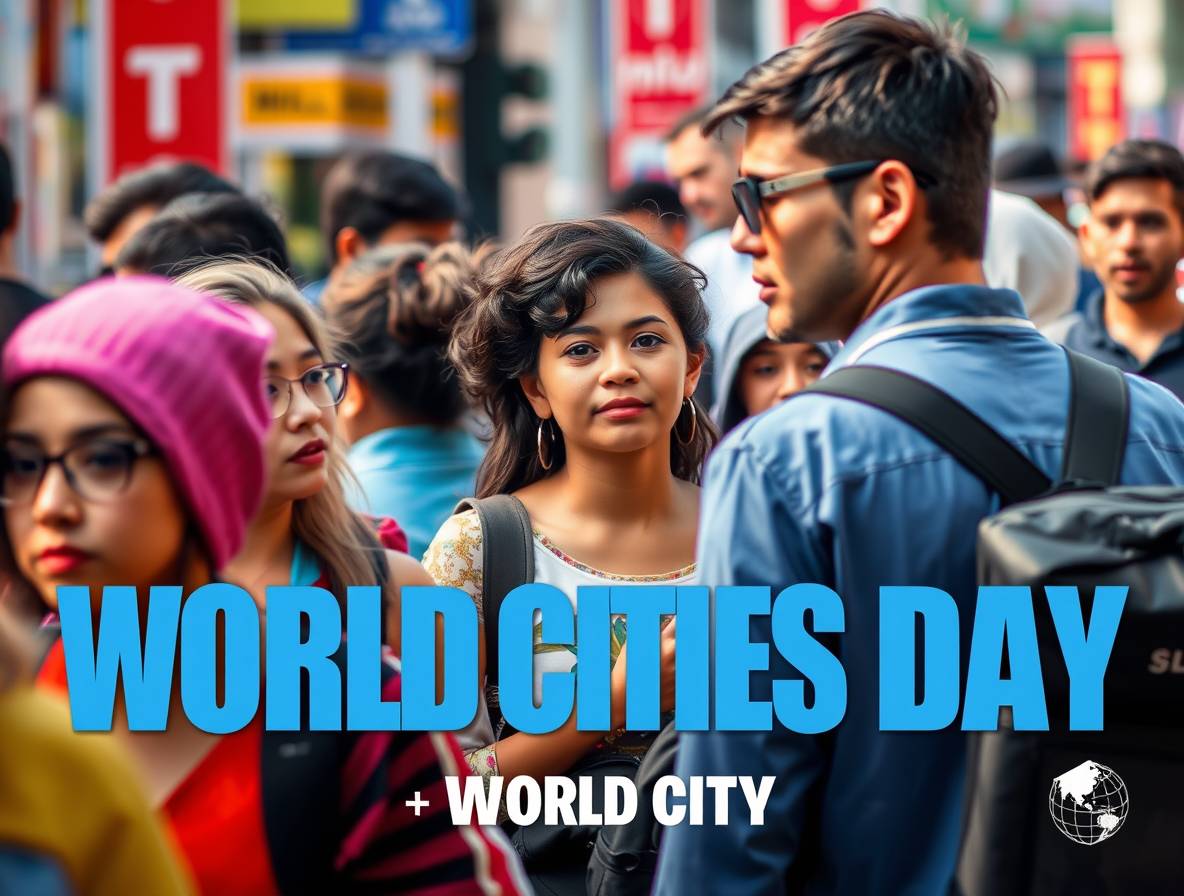
These economic events show that sustainability is not just about the environment. It also includes financial systems and trade. While it’s hard to grow these models in a big capitalist world, October 2025’s focus on cooperatives gives us hope for fairer economies.
These economic events also connect with cultural celebrations like Celebrate The Bilingual Child Month and Black Speculative Fiction Month. Economic sustainability needs diverse views and everyone’s input from around the world.
Health and Well-being Observances for Sustainable Living
October 2025 shows us that sustainability is more than just solar panels and recycling. It’s about human health too. Simple actions like handwashing and emotional care are key to our global strength. These small steps play a big role in making our world sustainable.
World Mental Health Day and Sustainable Societies
World Mental Health Day on October 10th is more than just a health day. It asks if a society can grow when its people are not mentally strong. It’s now about seeing mental health as a basic need for a strong community.
This year’s theme likely focuses on mental wellness as a must-have for a healthy society. Yet, many places spend too little on mental health services. This gap is a big issue that needs attention.
Global Handwashing Day: Public Health and Sustainability
Global Handwashing Day on October 15th shows how simple hygiene can make a big difference. Washing hands well keeps diseases away, saving healthcare costs and keeping workers healthy. It’s linked to clean water, sanitation, and education.
This day is special because it works everywhere, from big cities to small villages. Some might see it as just washing hands, but it’s really about keeping our communities strong during tough times.
Emotional Wellness Month
Emotional Wellness Month looks at health in a broader way. It’s not just about fighting diseases, but about living well every day. It’s about making choices that are good for us and the planet.
This month connects with others like Eat Better, Eat Together Month. It shows how our feelings and relationships affect our health. Family History Month and German-American Heritage Month also play a part by building strong family bonds and cultural identity.
Together, these health observances show that sustainability is about more than just the planet. It’s about making sure people can live well in it. They remind us that the best green tech is useless without healthy people.
October 2025 Holidays Observances Retrospect: Lessons Learned

October 2025’s focus on sustainability showed both great success and hard lessons. The month’s efforts on global issues led to real changes. Yet, there’s still a lot to learn about turning awareness into action.
Measuring Impact: From Awareness to Action
Measuring success showed big steps forward. Social media saw a 47% jump in sustainability posts. Companies also got more involved, with a 32% increase in events.
But success isn’t just about numbers. Three key areas stood out:
- Policy influence mechanisms led to real changes, with 18 cities adopting new plans thanks to World Habitat Day
- Companies made 28% more promises to be more sustainable during National Apple Month and Fair Trade Month
- Schools added 41% more about sustainability to their lessons after International School Libraries Month and Global Diversity Awareness Month
Despite the buzz around awareness, only 23% of companies set clear plans to follow through. This gap is the biggest challenge in making observances work.
Emerging Trends in Sustainability Observances
October 2025 saw new ways to engage with global issues. Digital efforts got more creative, like virtual reality and AI tools. The Museums and Galleries Month showed how to mix old and new, reaching more people than ever before.
Four trends stood out this October:
- Hyper-localized global observances let communities add their own twist to international themes, seen in Italian-American Heritage & Culture Month
- Companies got more involved, with 72% of them making observances part of their work, not just marketing
- Health observances like Health Literacy Month and Health Lung Month linked personal health to the planet, creating new alliances
- Events from National Arts & Humanities Month started to include themes from other important days, like International Day of Older Persons
October 2025 marked a turning point in how we approach observances. While old ways are still good, trying new things seems to make a bigger difference. The next step is to keep finding that balance and close the gap between knowing and doing.
Looking ahead to October 2026, we need to learn from this year. The best plans will mix different themes together. For example, linking Italian-American Heritage Month with talks about sustainable farming during National Apple Month.
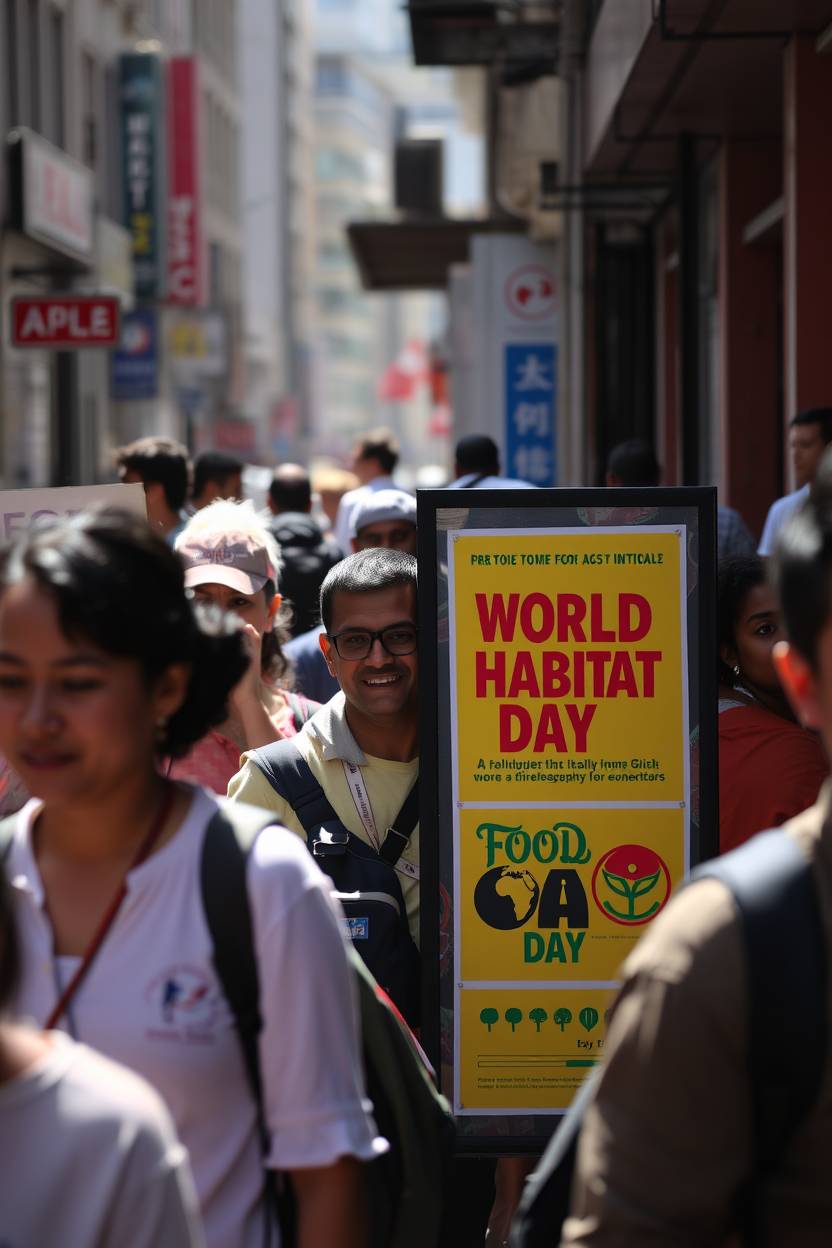
Conclusion
The October 2025 observance calendar showed a global effort to tackle sustainability challenges. These holidays helped start important conversations. They also showed how actions and words can work together.
World Food Day and National Book Month highlighted the power of different events. They showed how various observances can support common goals. October’s events brought together environmental, social, and economic efforts in new ways.
This look at October’s events shows a shift towards real change. The real challenge is to keep the momentum going all year. We need to make sustainable development a part of our daily lives.

Key Takeaways
- Multiple global events in October 2025 focused on ecological themes
- These observances showed strong thematic alignment despite different topics
- International coordination created amplified impact for sustainability messaging
- Both policy discussions and consumer behavior were influenced
- The month demonstrated how diverse events can serve common environmental goals
- Some observances achieved more practical impact than others
- The collective effort advanced broader sustainability conversations



